Have you heard of the bizarre story about China producing fake eggs? If you have, do you really believe it can be done, or was it economically feasible to do so? The news about fake eggs is not something new but do you know that fake eggs first appeared almost 20 years ago in the mid 1990s? And the news keeps coming back at the dining table.
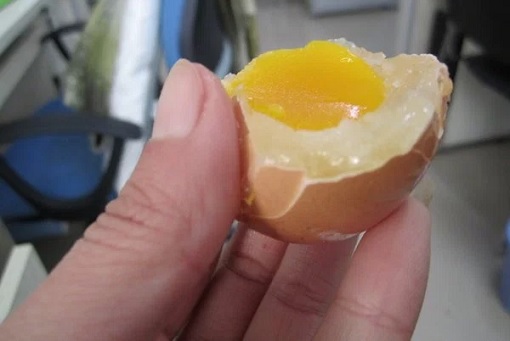
When it was first discovered and reported by China, the production cost of a fake egg was half of its real equivalent. So yes, there was tons of money to be made even though by Western countries’ standard, such venture didn’t make much business sense. Back then, a person could produce 1,500 fake eggs per day, using proper equipment and materials.
Okay, since you can’t stop rolling on the floor laughing, here’s how you can make fake eggs. For your base mix, take some sodium alginate, add water, and stir for 90 minutes; add gelatine and leave for 10 hours; finally, add sodium benzoate and alum, and some lactones to taste. Now you are ready for the next step.
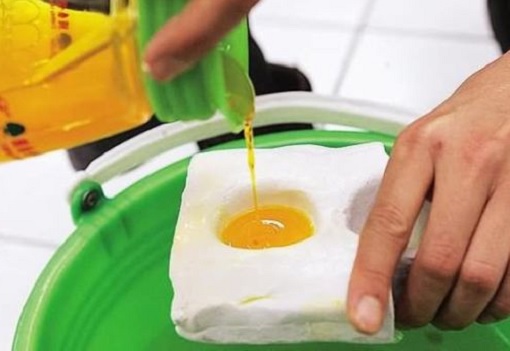
Add some yellow colouring agent, and pour mix into small round moulds. Dip in calcium chloride to thicken. When these have firmed, dip into the original uncoloured base mix in an egg-shaped mould. Finally, dip this in a mixture of paraffin wax and gypsum, for a nice shiny hard shell. And voila – you have produced your first chicken egg.
Still, the question remains if it’s still economically feasible to produce fake eggs today. Well, thanks to present day’s technology, the cost of producing a fake egg has tumbled and is only a quarter (25%) compares to waiting for a real chicken pooping it out naturally. So even if you sell your eggs at half the price of genuine chicken eggs, you’re looking at 50% profit.
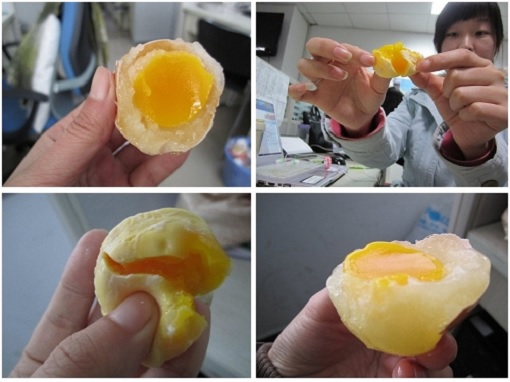
If you’re adventurous, you can dye your base mix “green” and turn your production lines to making “fake grapes”. That’s right, who says the Chinese lack innovation and creativity when come to matter on money making? And if you think fake eggs only confined to within the Great Wall of China, think again. Last year, there were reports about fake eggs make its way to Thailand.
Apparently, 59-year-old Mrs. Lek Jaikla was shocked to find that one of the eggs she bought from a flea market in Tambon Noong E-roon started burning and emitting a plastic-like smell when cooked. The fake egg was one of 10 contained in a plastic bag that she bought for 35 Baht (US$1; £0.70; RM4).
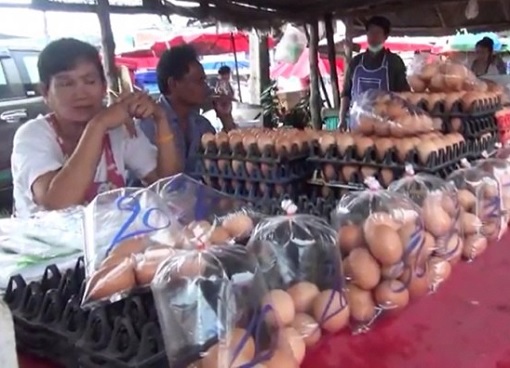
China is not a stranger when comes to food forgery. They’ve successfully produced pork colored to be sold as beef, pork that glowed blue, recycled steamed buns, tofu fermented with sewage, tainted milk powder, bleach in mushrooms, arsenic in soy sauce, resale of gutter oil (used cooking oil thrown out by restaurants or scooped from sewers) and the list goes on.
Heck, the Chinese farmers even went the extra miles, toying with their crops of watermelons with chemicals as if they were chemists. Eager to increase the size and price of their fruits by at least 20%, they injected forchlorfenuron, a growth accelerator, into their watermelons. The results: exploding watermelons – to unlucky customers.
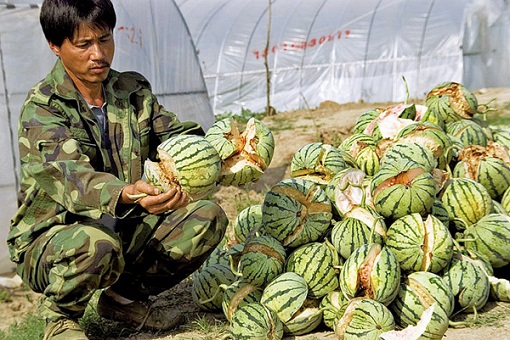
But hey, don’t blame China alone in the food forgery industry. Such frauds had happened even during the ancient Rome when wine sellers added lead to sour wine to hide the fact that it had gone bad. Could that be the reason why most of Rome’s wealthy classes were sterile and mentally retarded (apologies as I’ve just finished watching TV series “Spartacus”)?
Bristol University in the UK, at least 10% of the products on the shelves of well known supermarkets have been adulterated, one way or another. Not that these supermarkets deliberately sell forgery food, but they were equally scammed in the ongoing cat-and-mouse battle with food fraudsters.
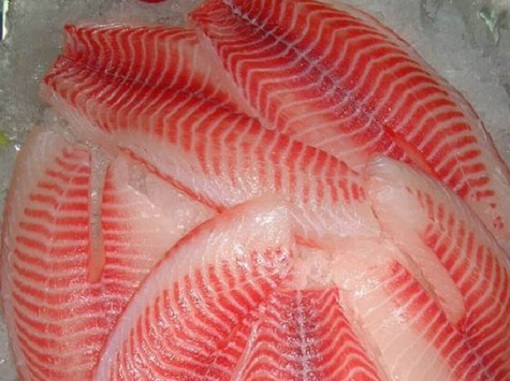
In the United States, 33% of 1,200 seafood samples were mislabelled – selling premium red snapper with farmed tilapia. However, that was not too bad when compared to creative chemists from China who start making fake rice from plastic resin and potato starch since 2011 when people get richer, and hungrier.
Even the rare and expensive Manuka honey exported by New Zealand had their fair share of forgery. But the Manuka honey fraud was discovered only when an interesting question was asked – if they manage to produce just 1,900 tonnes of Manuka honey a year, how come world sales last year amounted to 9,070 tonnes?
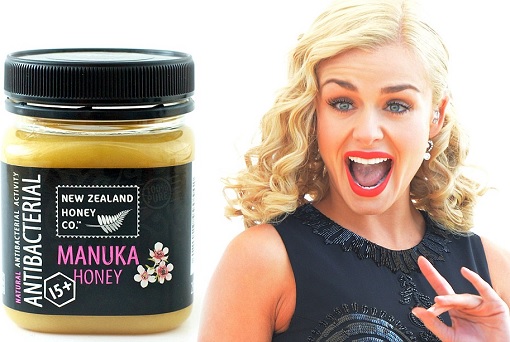
Therefore, if you plan to go shopping this weekend after your pay check, you may wish to know that while a supermarket stocks around 30,000 products, at least 3,000 or 10% are fake. But that’s to be expected considering food forgery is a US$10 billion to US$50 billion industry.
Other Articles That May Interest You …
- Why China Can “Take” Any Island In South China Sea … And Get Away
- Bacon, Hot Dog, Ham, Sausages Makers Rubbish Cancer Report
- Move Over Musang King, We’re Here For The Tasty Six Pack Durian
- China’s Latest Food Scandal – Rotting 40-Year-Old Meat For Dinner Tables
- KFC Chickens With Six Wings & Eight Legs, Anyone?
- Here’re 22 Product Packaging Fails That Are Too Hilarious
- Exposed! Food Scandal – Hong Kong, Macau & Taiwan Use “Gutter Oil”
- 10 Companies That Control Almost Everything You Buy & Eat
- American Top-20 Best Burger That You Must Try
- 15 Fast Food Restaurants You Wish Would Come Here

|
|
March 28th, 2016 by financetwitter
|


|

|

|

|

|

|




























Comments
Add your comment now.
Leave a Reply